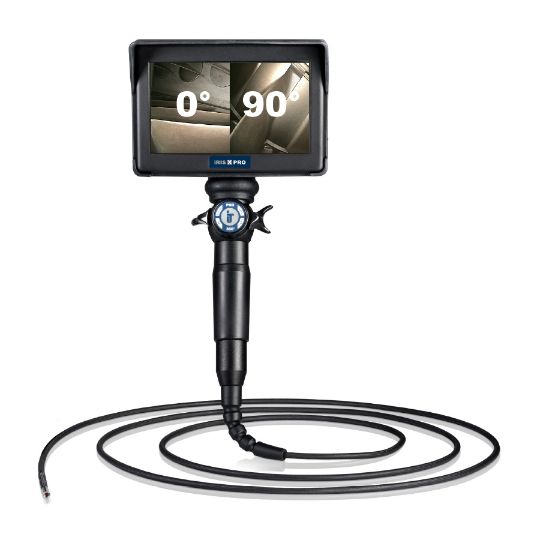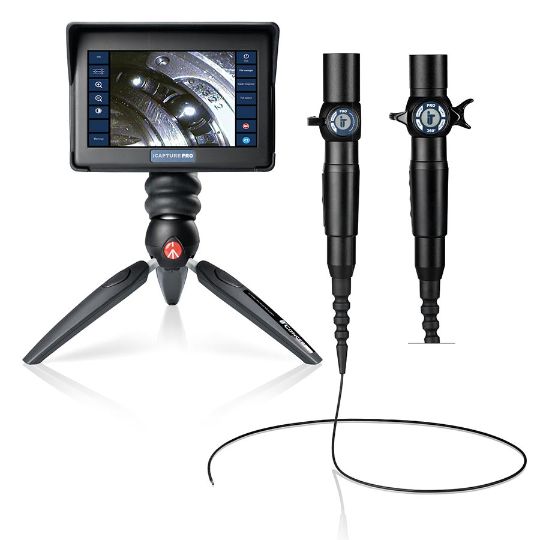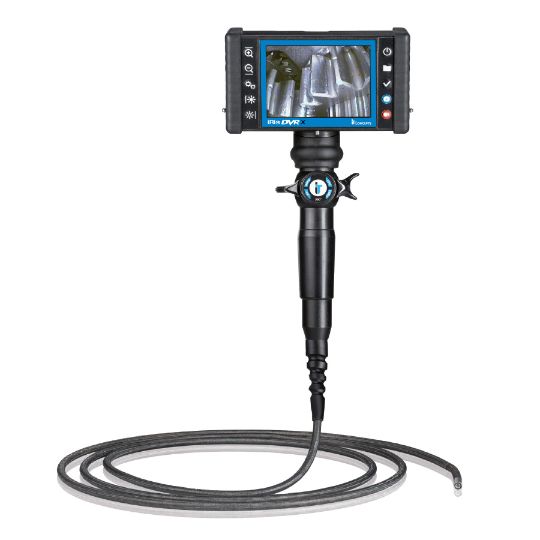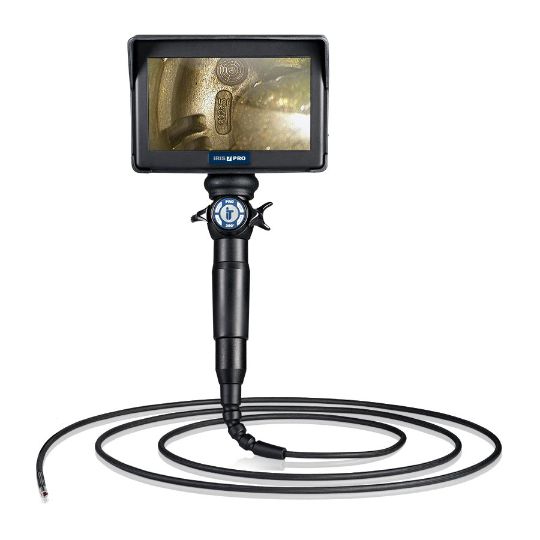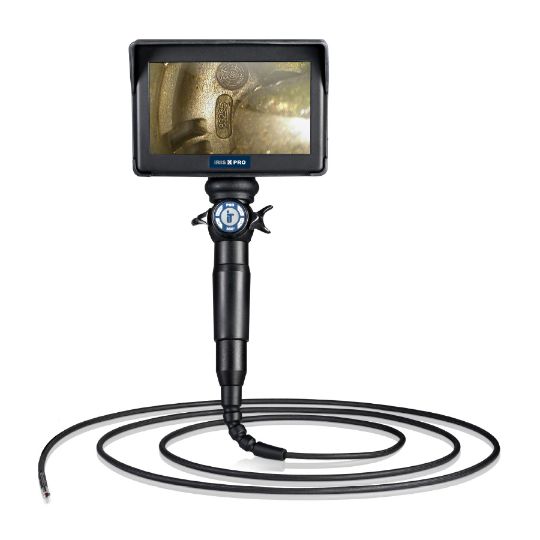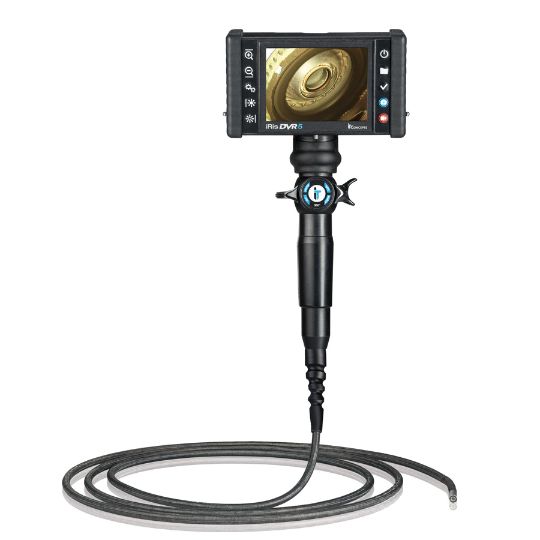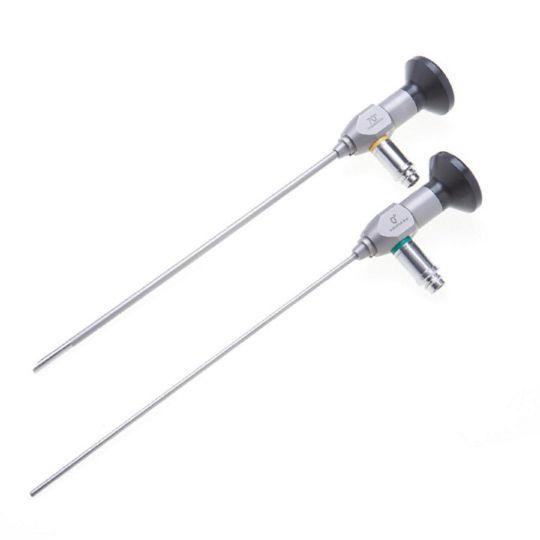Heat Exchanger Inspection Methods
Heat Exchanger Inspection
Exploring the Comprehensive Landscape of Heat Exchanger Inspection Techniques
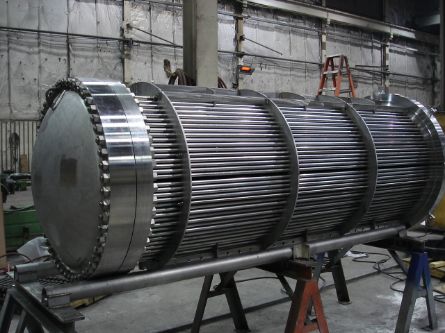
Heat Exchanger Inspection
Exploring the Comprehensive Landscape of Heat Exchanger Inspection Techniques
The process of heat exchanger inspection involves a thorough evaluation of the tubes present in various equipment, such as shell-and-tube heat exchangers, feedwater heaters, boilers, condensers, steam generators, and coolers. These essential components are widely utilized in industries such as oil, gas, power generation, balance-of-plant (BOP), nuclear sectors, and petrochemical. When conducting inspections, asset owners and inspection companies focus on detecting defects like erosion, pitting and corrosion, longitudinal and circumferential cracks, particularly near the tubesheet, metal loss, and fretting. Identifying these flaws in a timely manner ensures the optimal functioning, safety, and durability of heat exchangers.
For example, Eddy Current Testing (ECT) is a non-destructive testing method that utilizes electromagnetic induction to identify surface and subsurface defects within non-ferromagnetic materials such as copper, brass, and stainless steel. Whereas, Internal Rotary Inspection System (IRIS) is a heat exchanger inspection method that utilizes ultrasonic technology and a rotating probe to detect and measure wall thickness variations, corrosion, and defects within the tubes. In contrast, Ultrasonic Testing (UT) employs high-frequency sound waves to detect flaws within various materials, enabling the precise determination of defect location and size based on the time taken for sound waves to be reflected back. Radiographic Testing (RT) involves the use of X-rays or gamma rays to inspect the internal structure of heat exchanger tubes, providing a visual representation of the tubes' condition and enabling the identification of defects such as cracks and corrosion.
Lastly, Remote Visual Inspection (RVI) is a modern approach that utilizes video borescopes (videoscopes) to capture high-resolution images and video footage of the internal structure of tubes, including areas that are difficult to access. This non-destructive method offers quick and accurate identification of defects, contributing to efficient decision-making and preventive maintenance efforts.
By understanding the technical differences among these main inspection methods, industry professionals can select the most appropriate technique for their specific heat exchanger inspection requirements, ensuring optimal performance, safety, and longevity of their equipment.
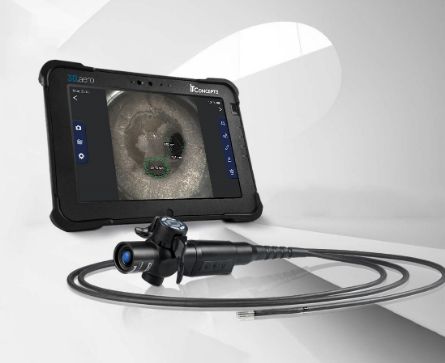
Heat Exchanger Inspection via Remote Visual Inspection
Heat Exchanger Remote Visual Inspection (RVI) Using Video Borescopes
Using Video Borescopes
Contemporary videoscopes incorporate miniature image sensor chips (digital video cameras), focusable lens assembly, and advanced illumination systems, typically consisting of light-emitting diodes (LEDs) or laser diode light sources, at the distal end of their insertion tubes. This configuration facilitates the acquisition of high-resolution video footage and still images of exceptional quality. The sensor subsequently transmits the captured visual data to a liquid crystal display (LCD) screen integrated into the control unit. Inspectors can then examine the images in real time, with the option to record the visual data for subsequent expert analysis and documentation purposes.
Upon capturing the visual data, the sensor transmits it to a liquid crystal display (LCD) screen housed in the control unit. This display enables inspectors to closely examine the internal components in real time and facilitates the recording of images or videos for subsequent expert analysis and documentation purposes.
Video borescopes provide inspectors with a direct, unobstructed view of the internal structure of heat exchanger tubes, allowing them to accurately identify and assess defects. Operating a videoscope requires minimal technical expertise, and both the setup and disassembly processes are swift and straightforward. To initiate a heat exchanger inspection, the user simply needs to activate the videoscope and ensure that all necessary components are operational.
Modern videoscopes feature specialized, articulated probes available in various diameters and lengths, equipped with advanced capabilities that enable accurate measurement of defect height and depth within tubes. The most cutting-edge videoscope models incorporate stereo vision and three-dimensional (3D) modeling capabilities, granting inspectors a comprehensive understanding of the nature, shape, and dimensions of defects. Color-mapped 3D imaging further enhances the inspection process, as it effectively communicates the condition of heat exchanger pipes to asset owners in a visually compelling manner.
The process of capturing measurement data and generating 3D models is both rapid and efficient, eliminating the need for time-consuming calibration procedures or specialized operator qualifications.
Heat Exchanger Inspection
- Non-destructive examination: Video borescopes allow for detailed inspection without causing damage to the heat exchanger components.
- Improved accuracy: High-resolution imaging enables the detection of even the smallest defects, ensuring a comprehensive assessment.
- Access to hard-to-reach areas: The flexible probes of video borescopes can navigate complex geometries and tight spaces within the heat exchanger tubes.
- Time efficiency: Video borescopes can quickly and effectively inspect large areas, reducing inspection time and minimizing downtime.
- Digital documentation: The captured images and videos can be easily stored, shared, and analyzed, facilitating collaboration and decision-making.
In the realm of heat exchanger inspection, the combination of RVI and well-established inspection methodologies offers a comprehensive and efficient approach to detecting and addressing potential defects. By leveraging the strengths of RVI, such as the ability to access hard-to-reach areas and capture high-resolution images, alongside traditional techniques like ECT, RFT, NFT, MFL, IRIS, UT, and RT, inspectors can obtain a holistic understanding of the heat exchanger's condition. This integrative approach ensures increased accuracy, reduced downtime, and improved overall inspection efficiency, resulting in more effective preventive maintenance and extended service life for heat exchangers.
Heat exchanger inspection is a critical process that encompasses the evaluation of various types of equipment across multiple industries. Employing a diverse array of inspection techniques, including ECT, ECA, IRIS, RFT, RFA, NFT, NFA, MFL, RFET, PSEC, TFI, Laser Inspection, UT, RT, AET, IRT, and the modern method of RVI using video borescopes, ensures the thorough assessment of heat exchanger tubes for defects and potential issues. By utilizing these methods and understanding their benefits, asset owners and inspection companies can maintain the optimal performance, safety, and longevity of their heat exchangers.
Individually configured for your needs
Recommended Products for
Heat Exchanger Inspection
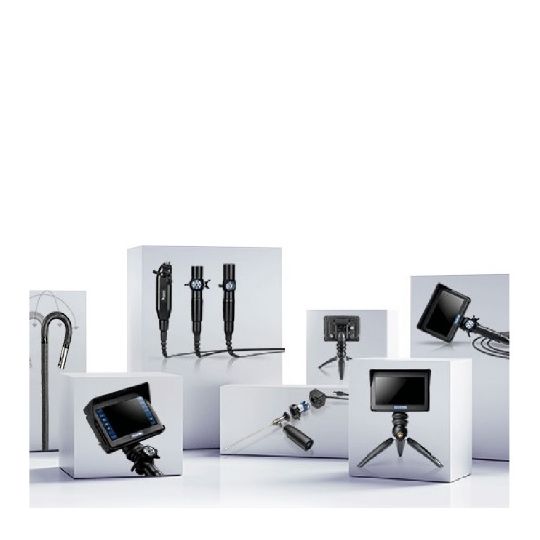
All Products
Rigid Borescopes
Probe Diameter: 1.9 - 9mm
Probe Length: 1.5 - 7.5m,
up to 10 - 20m (custom configurations)


